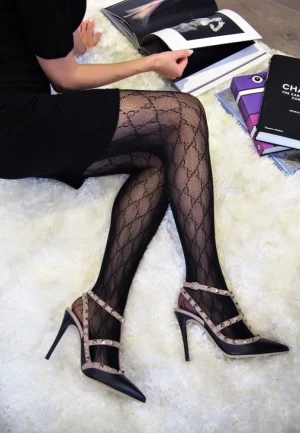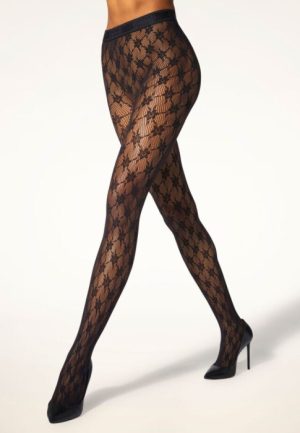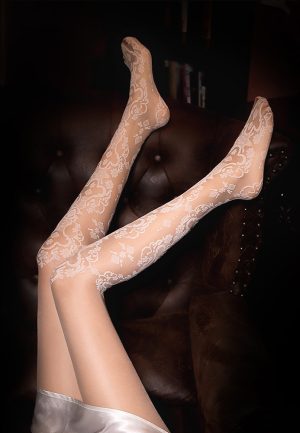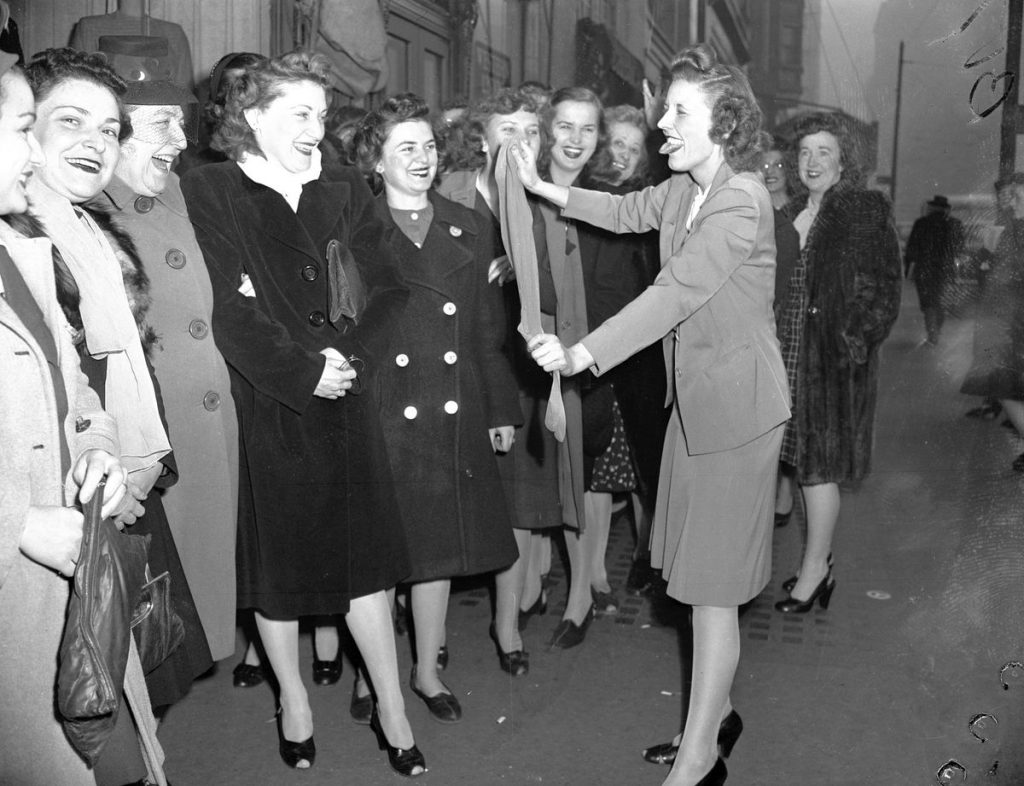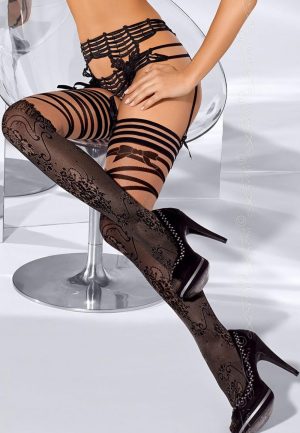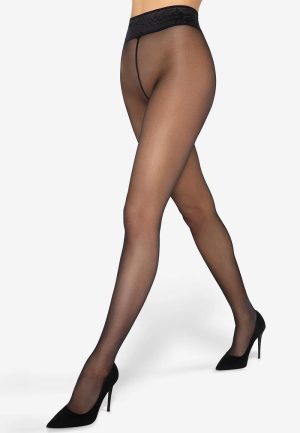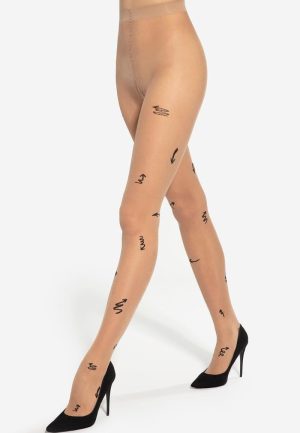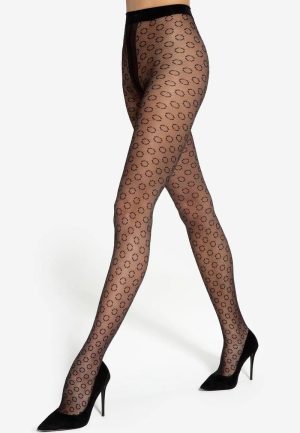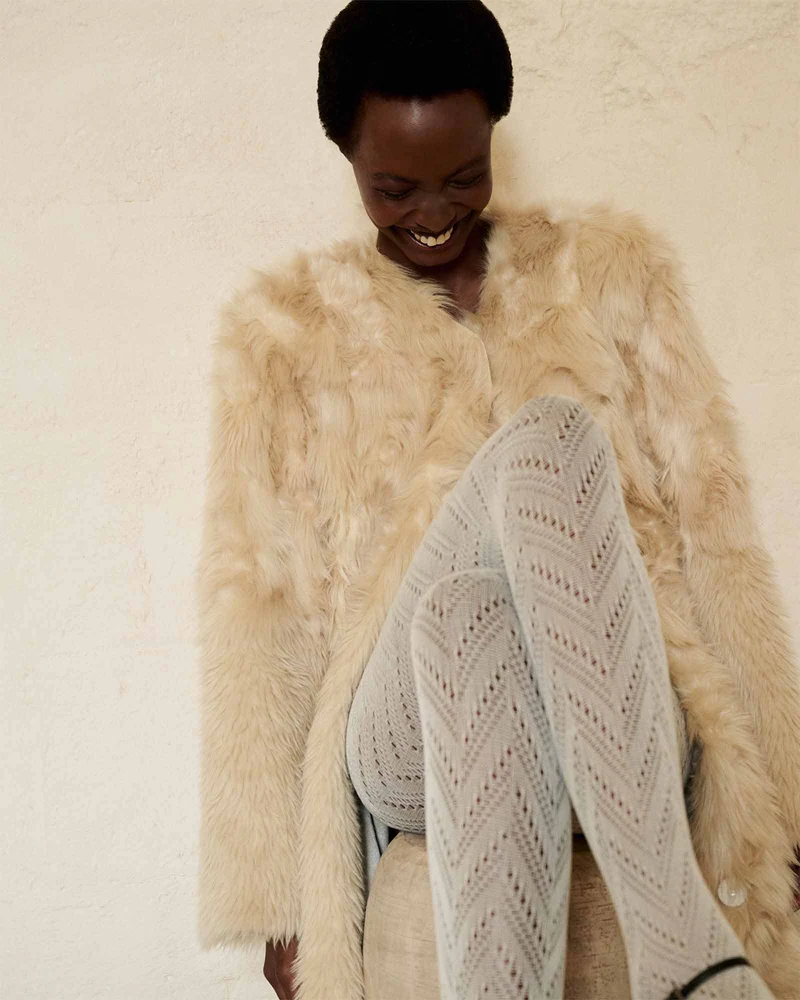While tights are a relatively recent phenomenon, hosiery itself has been with us for centuries. The word hosiery is derived from the Anglo- Saxon word hosen, meaning covering. As far back as the 9th century, legs were covered with bandages of material, often held in place with strands of gut.
Many believe that stockings were the normal style of dress until tights were invented after the Second World War. Tights were not a Post-War invention and appeared long before the 1940s. This is due to the fact that tights remained controversial for decades after they were first manufactured.
The reason we associate tights with the Second World War was that the practicality first became truly accepted around that time. Tights are far easier to produce than stockings and many clothing machines were repurposed for making soldiers uniforms, so any production that took a long time was detrimental for the company and designer.
Another breakthrough that made it hugely convenient to make hosiery in the 40s was Nylon. This inexpensive and durable material was the perfect way to create something that lasted and wouldn’t tear on the first wear whilst being easy to work within the factory. Another reason Nylon became so popular was that parachutes were made almost entirely of silk and most of this material was rationed so that infantrymen would have the best fabric for the job.

Nylon was invented in the 1930s and soon became a popular item for designers to use in all kinds of clothing. Hosiery was naturally at the top of the list as it was something that had to be stretched over your legs, so it needed to be made of stronger stuff. To this day it is still the most popular pick for designers.
Tights came about in the Fifties, introduced by Aristoc, the longest established brand in the UK. They were formed by sewing nylon legs onto a pair of crepe nylon briefs. Tights really came into their own in the Sixties, worn under mini-skirts created by designers such as Mary Quant.
It took until the 1970s for tights to overtake nylon stockings in popularity. In 1968 Pretty Polly developed one-piece tights and they became more of a fashion item than ever before. In the early Eighties, patterned tights appeared on the market and Lycra started being incorporated into hosiery in 1985. The new Lycra 3D process, where Lycra is knitted into every stitch, not just every third, was introduced in 1994 and now makes hosiery super smooth with a perfect fit.

With the modern methods of printing that have been available for the past few decades, fashion tights and other hosiery are now the best methods for producing interesting and creatives designs. Today, tights and hosiery are the perfect accessories for any outfit and can transform any ensemble.

